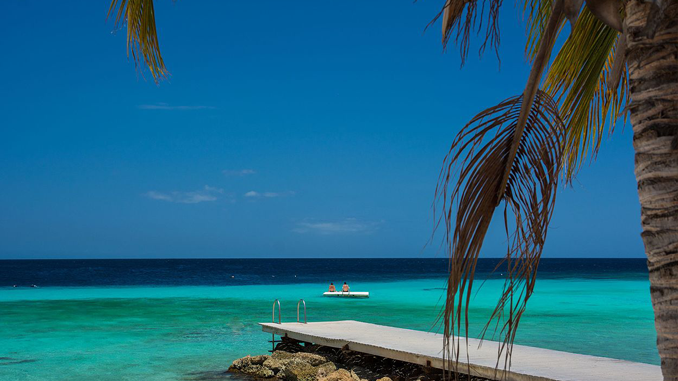
One of the arguments used in favor of “opening the country” is that the spread of novel coronavirus is expected to dramatically lessen over the summer months. This is taken as a virtual certainty, to such a degree that an oft-stated concern is the likelihood of a second wave of infections in autumn as standards are relaxed. The expectation of greatly diminished transmission is completely sensible… and completely wrong. I’ll explain why.
First, the reasons why the expectation is there. It’s because of the nature of viruses. Transmission rates of influenza and colds are dramatically reduced over the summer because of a pair of factors that affect most viruses.
First and foremost, there’s temperature. Tests on prior coronaviruses have shown a rapid breakdown of the virus at 55 to 56 degrees Celsius… roughly 131 to 132 degrees… with a significant reduction of live cultures on surfaces after a few minutes and a near total elimination after only fifteen minutes. One of the studies that provides this information was published by the World Health Organization seventeen years ago. In summer, polished and enclosed surfaces often reach temperatures significantly higher than that… as anyone who’s slipped into a car seat or touched a playground slide can tell you.
Second, there’s ultraviolet radiation. UV radiation kills viruses by damaging their genetic structure, preventing them from replicating. The exact wavelengths which will affect the novel coronavirus, the extent to which damage will occur and the time it will take are all uncertain, but as this article from the American Center for Microbiology’s Journal of Virology (republished at the National Institute of Health) indicates, some level of damage will happen. (A friendly nod to anyone who wants to spend the time to break down the numbers.)
So, that’s the good news. The bad news is that those two factors probably won’t matter much.
The key question is whether the reduction in transmission rates can be enough to stem new cases and allow doctors to adequately treat the cases that do occur. The virus was never going to “go away”, because the outdoor and heat effects aren’t going to be affected by indoor locations where cooling mechanisms are available. The inside surfaces of an air-conditioned mall at 72 degrees Fahrenheit are going to have the same transmission ability no matter the season.
So, is there any place which could provide data about that? I chose Niger.
Niger is a country in Africa which is currently experiencing daily temperatures in excess of 43 degrees Celsius, or 109 degrees Fahrenheit. This is warmer than most locations in the United States become during the summer months. It has a population of just over 22 million people, the largest city has only about 750 thousand and there are many rural citizens, and there is widespread poverty. This means there is not an incredibly densely packed population, and there is not a widespread use of air conditioning. It is a country which should have a far greater reduction in transmission rate due to temperature and UV radiation than will be experienced in the United States.
With many hours every day of temperatures over a hundred degrees, Niger’s first confirmed case of covid-19 was on March 19. They marked their first death from the virus on March 24, at which point they had seven reported cases.
Oh, and that’s despite closing their land borders and its airport to personal travel to prevent the spread of the virus before confirming their first case. They enacted far more stringent rules to contain the virus than did the United States.
They’re currently at 609 cases, after four weeks of transmission… and that’s not due to external visitors (because of the closed borders); that’s just new cases developing within the existing population.
For comparison, one week after the first US case was reported, we had six reported cases; that’s a curve similar to Niger’s. Four weeks and a day after we’d had that first case, we were at 35 cases… that’s a growth curve far smaller than Niger’s. Niger, despite having virtually ideal conditions for stemming the spread through the natural means of heat and ultraviolet radiation, is showing a faster rate of transmission than the United States had.
What this means is that the heightened infectiousness of the novel coronavirus is great enough to cause rapid spread despite environmental factors. Relying on the usual summer reduction for viruses is foolish; the main reason for diminished transmission are the preventative measure we’re taking… quarantines, isolation, testing, clothing, sanitation procedures.
It also means that a large factor used to determine the peak caseload is far less significant than originally anticipated. Don’t put too much stock in the “peak” predictions. Remain prepared instead, because until we focus on widespread, effectively free testing and subsequent isolation of all who were in contact with a known coronavirus case, we’re going to see the virus continue to spread.

1 Trackback / Pingback
Comments are closed.